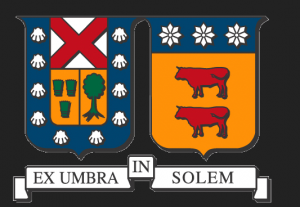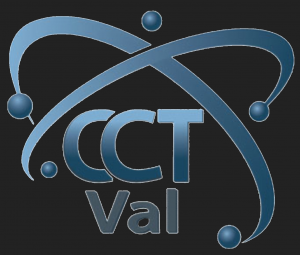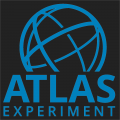UNDER CONSTRUCTION
The Center already has an equipped experimental laboratory (the head S. Kuleshov) and sTGC production facility is under construction.
The experimental laboratory has 6 rooms with a total area about 300 m2. The following equipment is available:
-‐ Modern CNC milling machine shop with design center including DATRON 5-‐axis CNC milling machine (with air pressure service system), a KUKA robot for automated milling production, 2 Roland 3-‐axis CNC milling machines for prototyping, a precise optical element polishing facility, and 6 design stations for 3D mechanical and electronic PCB design.
‐The microelectronic and micromechanics facility:
Tresky’s T-‐3002-‐M manual, precise, high quality die bonder & component placer;
The PM5, 150 mm Manual Probe Station, highly precise probing solution for wafers and substrates up to 150 mm, flexible for DC, RF, mm-‐wave and sub-‐THz measurements, device and wafer characterization tests (DVVC), failure analysis (FA), submicron probing, MEMS and optoelectronic engineering tests; 2 Keithley 2400 I-‐V sources for voltage-‐ current measurements with nA accuracy; Denton Vacuum Desktop Pro high-‐performance sputtering platform for thin-‐layered metal and semiconductor deposition. Precision diamond scriber RV-‐129 for manual scribes.
-‐ The laboratory also has machinery designed in the same lab, including a Radon concentration monitoring station, which includes a gamma detector with Saint-‐Gobain BrilLance 350 crystal and PMT, a cosmic ray anticoincidence system and a novel radon detector.
-‐ The lab has a facility able to test 512 silicon photomultipliers simultaneously, measuring as a function of temperature the photon detection efficiency, the gain, the noise, the noise excess factor, and to make better than 10 micron resolution photographs of silicon photomultiplier arrays (size 2ox20 mm2).
-‐ Several facilities are currently under construction, including a cosmic ray test facility for sTGC, a cosmic detectors production facility, a gas facility for TGC, a clean room with 2 granite tables for sTGC assembling, a winding machine facility and a carbon spray machine facility. All facilities form the sTGC production site and stay under control with NSW project management of ATLAS.
-‐ A newly installed detectors test facility (pre-‐shower detector) currently includes 64 channel QCD DAC with VME crate, PC and 22Na with a scintillator tagger. Also being constructed is a radiation port monitor. This monitor will be proposed to the Chilean Customs Office of the port of Valparaiso.
-‐The proposed Ring will also benefit of the UTFS M/CCTVal computer cluster, which can be used locally for various calculations, but what is even more important in the context of the present proposal is that it is a part of Grid Network Computing site (official name “EELA-‐UTFSM”, in grid classification) being ATLAS Grid Computing Cluster, so far the first reached the qualification “Tier-‐2” in South America and providing now computing power for our group and collaborations worldwide.
-‐Next year a new building will be available for the whole Physics Department and the CCTVal center. With this new building we will increase the space for our Physics laboratories to 450 m2, the Compute cluster to a 100 m2 room and our Electronics laboratory to 200 m2.
These resources and the related experience will drastically help us to construct, equip and activate at the UTFSM the sTGC production facility and accomplish our compromises within the project of the ATLAS muon system upgrade we participate in (see Anexo 1).





